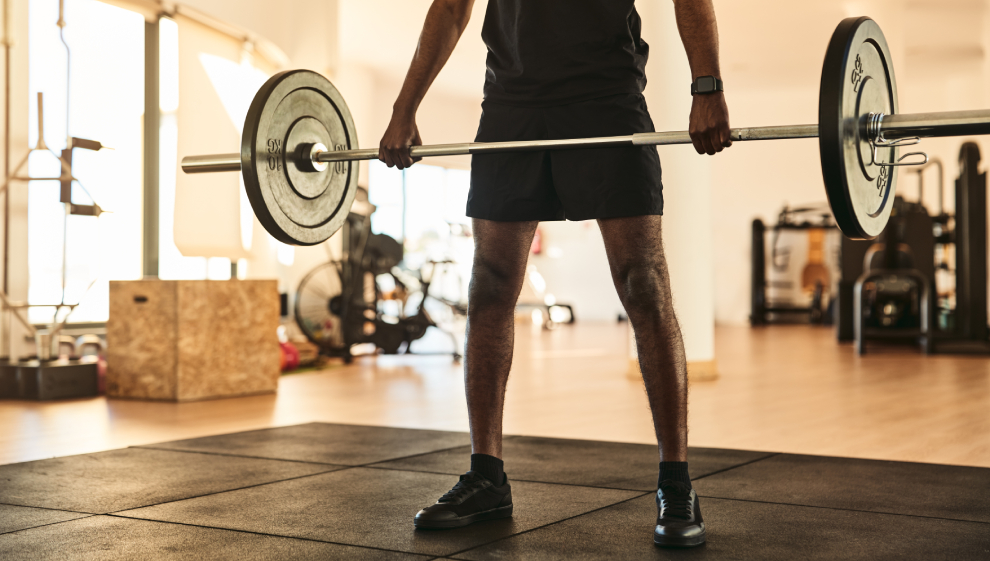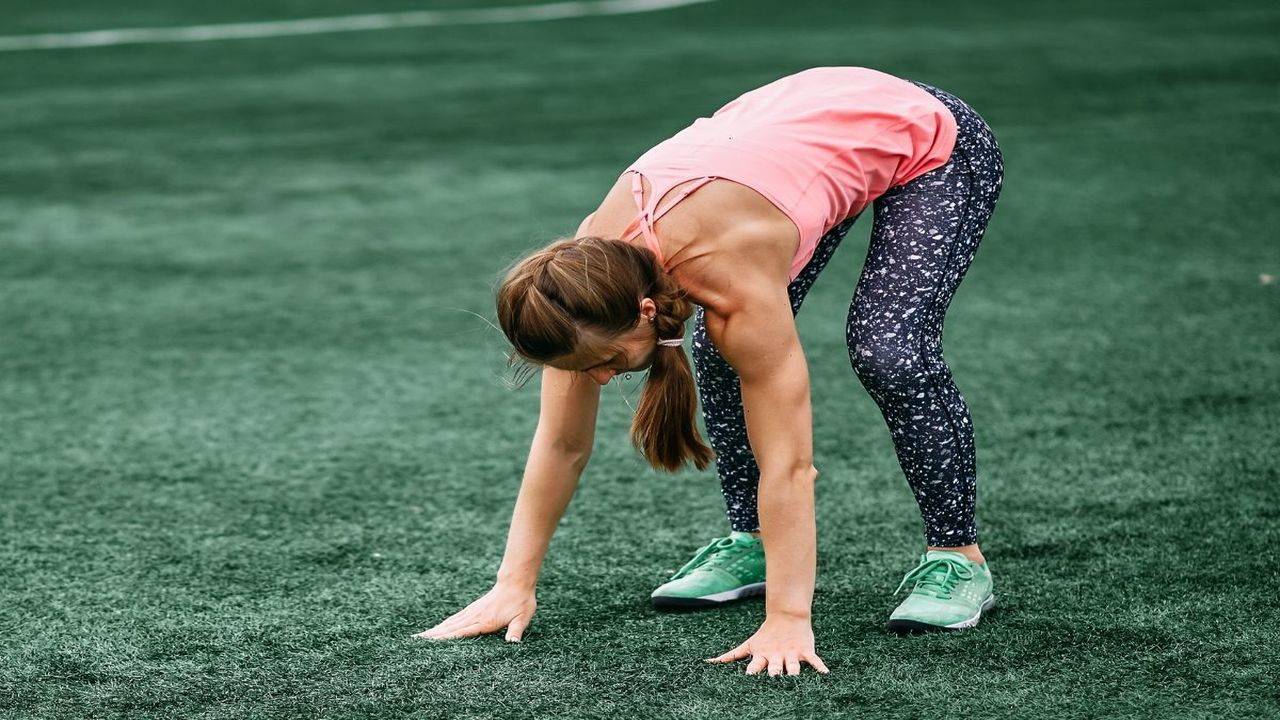Be honest — how often do you stroll into the gym, head straight for the bench press, throw on a few plates, and jump right in? If you nodded, you’re not alone. Most people skip the basics before lifting and then wonder why their joints hurt, they’re not getting stronger, or they tweak a shoulder doing what should be a simple set.
Weight training isn’t just about slapping iron on a bar and grinding it out. There’s a bit of prep work that separates people who make progress for years from those who end up with ice packs and excuses. So let’s get real — here are 5 things you must do before you touch a weight. The best part? They’re simple, take just a few minutes, and could mean the difference between hitting your PR or hitting the couch with an injury.
1. Hydrate Like You Mean It
It sounds boring, but you’d be surprised how many lifters show up practically dried out like a raisin. Muscles need water — period. Even mild dehydration can make you feel weaker, tire faster, and put you at higher risk of cramps or strains.
Why it matters:
Water keeps your joints lubricated, muscles full, and energy steady. When you’re well-hydrated, your blood delivers oxygen and nutrients more efficiently — that means better pumps and less fatigue.
How to do it:
Don’t just chug water right before your first set. Drink throughout the day. A good rule is half your body weight (in pounds) in ounces. So, if you weigh 180 pounds, shoot for at least 90 ounces a day. If you train hard and sweat a lot, aim higher.
Pro tip: Add a pinch of sea salt or an electrolyte tab before training if you’re sweating buckets. It helps your body actually use that water.
2. Get Your Mind in the Game
Ever had a workout where your body’s in the gym but your brain’s still at work or at home worrying about dinner? That’s a recipe for half-reps and sloppy form. Before you lift, switch gears mentally.
Why it matters:
Your mind-muscle connection is real. The better you focus, the more muscle fibers you recruit, the better your form stays, and the more you get out of each rep. Lifting distracted is how you miss cues, overdo weight, or get sloppy.
How to do it:
Take a few minutes before you hit the weights to breathe deep and think about why you’re here. What’s today’s goal? Visualize the lift — see yourself moving the weight with perfect form. Put on a playlist that flips the switch in your head.
Pro tip: Leave the phone alone. One text can wreck your focus. Put it on Do Not Disturb if you can.
3. Warm Up Properly — Not Just a Few Arm Swings
If your warm-up is swinging your arms around and doing two toe touches, you’re setting yourself up to fail. A good warm-up wakes up your nervous system, loosens tight muscles, gets your joints ready, and primes your body for heavy lifting.
Why it matters:
Cold muscles and tight joints can’t perform. A proper warm-up increases your heart rate, raises body temp, and lubricates your joints. You’ll feel smoother under the bar and reduce your chance of tweaks.
How to do it:
- General warm-up: 5 minutes of light cardio (rowing, bike, or treadmill). Enough to break a light sweat.
- Dynamic stretches: Not static! Do arm circles, leg swings, hip openers, shoulder rolls.
- Specific warm-up: If it’s squat day, do bodyweight squats. Bench day? Do band pull-aparts and shoulder mobility drills. Deadlift day? Do hip hinges and cat-cow stretches.
Pro tip: Take your first couple of sets as warm-up sets too. Ramp the weight up slowly. Never jump to your working weight right away.
4. Activate the Right Muscles
This is the one step most people skip — and it’s a game changer. You can warm up all day, but if your main muscle groups are asleep while secondary ones do the work, you’re wasting gains and asking for injuries.
Why it matters:
Say it’s leg day. If your glutes aren’t firing, your lower back and quads take over. Shoulder press? If your mid back and rotator cuffs aren’t active, your shoulders pay the price. Muscle activation turns on those sleepy stabilizers and makes sure the big muscles pull their weight.
How to do it:
- Glutes: Do banded glute bridges or monster walks before squats and deadlifts.
- Upper back: Band pull-aparts or face pulls fire up rear delts and traps for pressing.
- Core: Planks or dead bugs switch on your core before heavy lifts.
Just 2-3 sets of 10-15 reps does the trick. You’ll feel the difference when you get under the bar.
5. Check Your Game Plan
Walking into the gym without a plan is like going to the grocery store hungry — you’ll end up grabbing random stuff that doesn’t add up. Before you lift, know exactly what you’re about to do.
Why it matters:
A plan keeps you on track, focused, and progressive. Lifting is about consistency and small improvements over time. Wandering around doing whatever feels good doesn’t build muscle — it just kills time.
How to do it:
Before you lift, review your workout. Know your lifts, your sets, your reps, and any variations. Track your last session so you know what weight to aim for. Bring a notebook or use an app — don’t trust your memory.
Pro tip: Have a backup plan too. If the squat rack’s taken, do front squats or goblet squats. No excuses, just smart pivots.
Put It All Together
Next time you walk into the gym, ask yourself: Am I actually ready to lift? Did you drink enough water? Did you clear your head? Did you warm up and activate your muscles? Do you have your plan dialed in?
This 10-15 minute prep routine can save you from nagging pains, help you lift better, and make sure you walk out stronger than when you walked in.
Final Thoughts
You don’t need fancy tricks or magic supplements to make gains — but you do need a solid foundation. These five things aren’t glamorous. Nobody’s going to clap when you do hip openers in the corner or sip water before deadlifts. But they will notice when you’re lifting stronger, staying injury-free, and showing up week after week.
So ask yourself — how many of these do you really do before lifting? If you’re missing a few, it’s time to fix that. Your joints, muscles, and future PRs will thank you.










